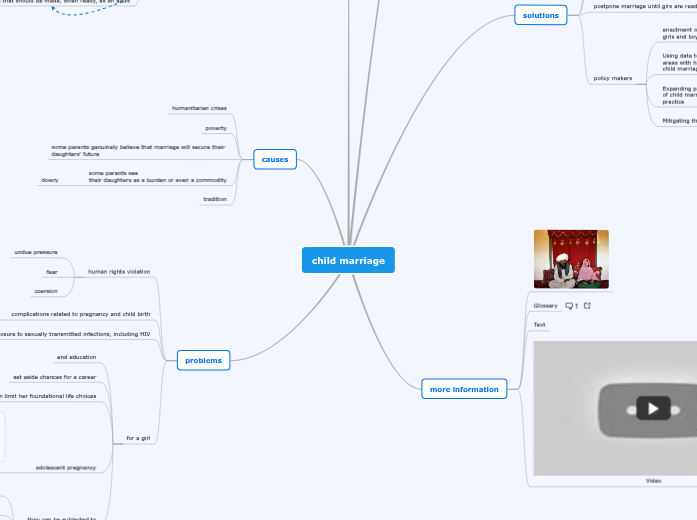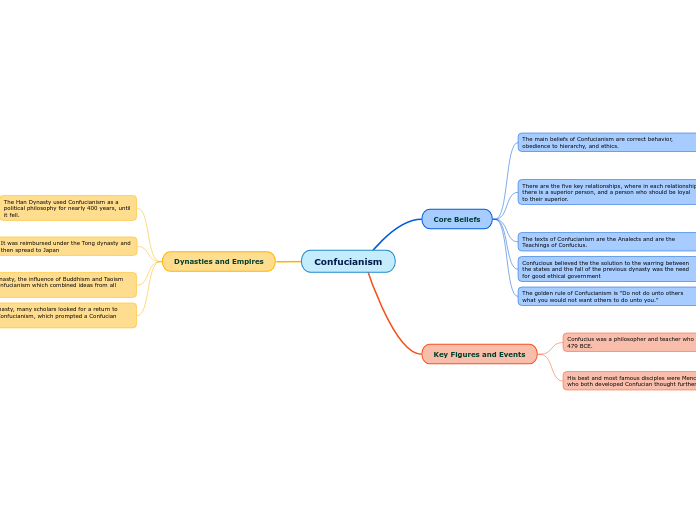Trends are generally created by four major factors: governments, international transactions, speculation/expectation, and supply and demand. These areas are all linked as expected future conditions shape current decisions and those current decisions shape current trends. Government affects trends mainly through monetary and fiscal policy. These policies affect international transactions which in turn affect economic strength. Speculation and expectation drive prices based on what future prices might be. Finally, changes in supply and demand create trends as market participants fight for the best price.
ECONOMIC TERMS
trends
traders
trending market
supply and demand
fiscal
monetary policies
interest rates
federal reserve
open market
federal reserve tutorial
flow of funds
export
financial markets
speculation
financial system
sentiment indicators
fundamental
technical analysis
economic growth
market prices
contraction
short term
balance of payments
currency markets
weak
weak currency
reverses
commodities
VIDEO
Текущая тема
4 Factors That Shape Market Trends
Article sites
https://doaj.org
www.scirp.org
Supply and Demand
The S & D Effect
Supply and demand affects individuals, companies and the financial markets as a whole. In some markets, such as the commodity markets, supply is determined by a physical product. Supply and demand for oil is constantly changing, adjusting the price a market participant is willing to pay for oil today and in the future.
As supply dwindles or demand increases, a long-term rise in oil prices can occur as market participants outbid one another to attain a seemingly finite supply of the commodity. Suppliers want a higher price for what they have, and a higher demand pushes the price that buyers are willing to pay higher.
All markets have a similar dynamic. Stocks fluctuate on a short and long-term scale, creating trends. The threat of supply drying up at current prices forces buyers to buy at higher and higher prices, creating large price increases. If a large group of sellers were to enter the market, this would increase the supply of stock available and would likely push prices lower.
What Is Supply and Demand?
Speculation and Expectation
The Participant Effect
The analysis and resultant positions taken by traders and investors based on the information they receive about government policy and international transactions create speculation as to where prices will move. When enough people agree on direction, the market enters into a trend that could sustain itself for many years.
Trends are also perpetuated by market participants who were wrong in their analysis; being forced to exit their losing trades pushes prices further in the current direction. As more investors climb aboard to profit from a trend, the market becomes saturated and the trend reverses, at least temporarily.
Speculation
International Transactions
The International Effect
International transactions, balance of payments between countries and economic strength are harder to gauge on a daily basis, but they play a major role in longer-term trends in many markets. The currency markets are a gauge of how well one country’s currency and economy is doing relative to others. A high demand for a currency means that currency will rise relative to other currencies.
The value of a country’s currency also plays a role in how other markets will do within that country. If a country’s currency is weak, this will deter investment into that country, as potential profits will be eroded by the weak currency.
International trade: Balance of payments
Governments
Effect on Short- and Long-Term Trends
Government mandates impact international transactions, which play a role in speculation, and supply and demand plays a role in each of these other factors.
Government news releases, such as proposed changes in spending or tax policy, as well as Federal Reserve decisions to change or maintain interest rates can have a dramatic effect on long term trends. Lower interest rates and taxes encourage spending and economic growth.
In the short term, these news releases can cause large price swings as traders and investors buy and sell in response to the information. Increased action around these announcements can create short-term trends, while longer term trends develop as investors fully grasp and absorb what the impact of the information means for the markets.
What is Government?
Articles:









